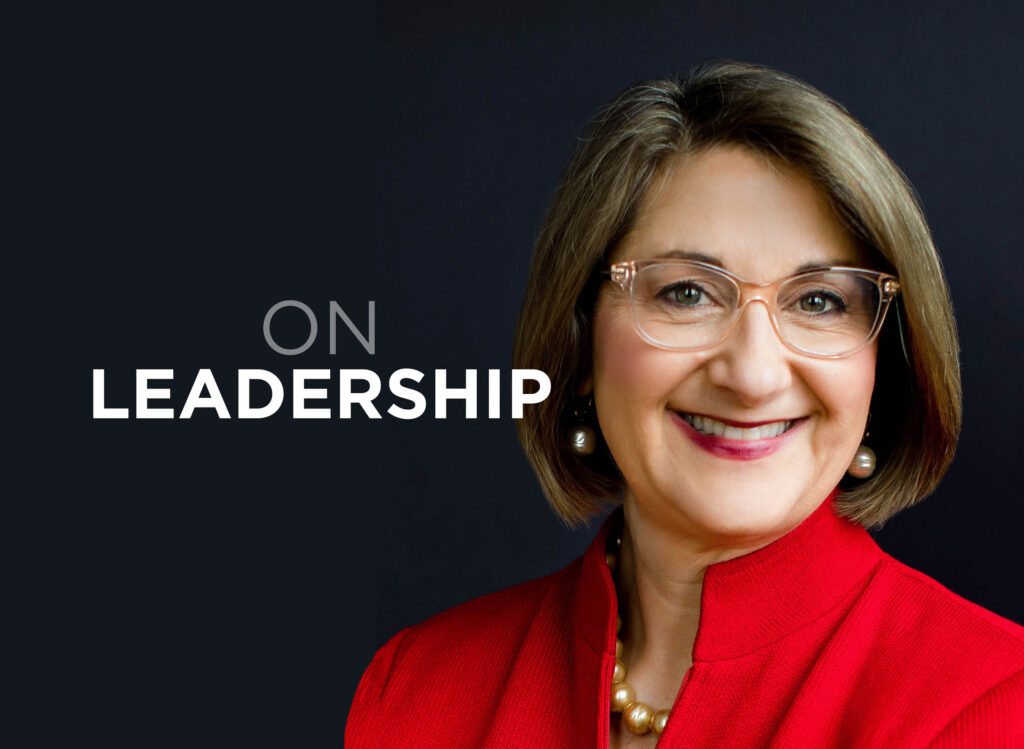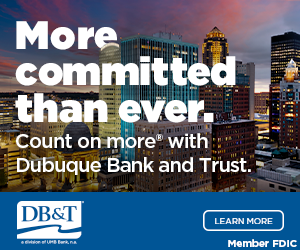Guest Opinion: Risk mitigation in an increasingly volatile world

Global events over the past few months, from the attacks in Paris and San Bernardino to the continued decline in global commodity prices, bring back to the forefront the need for businesses to recognize that they operate in a global environment. It also drives home the necessity of having a strategy and running operations that effectively account for global volatility and risk.
As we enter a new year, and what many pundits predict will be an increasingly volatile 12 months (at least until after the U.S. presidential elections), I wanted to share some of my insights and experience concerning how companies can better prepare to mitigate risks in an increasingly volatile world.
The first step in mitigating any given risk is to understand both the nature and extent of one’s exposure. From a financial perspective, for example, it is important to understand the risks to both your profit-and-loss statement and your balance sheet. What percentage of net income is derived from non-U.S. markets, and where is the value that generates that net income created?
For a manufacturing or services firm that produces its product or service value within the U.S. and whose primary revenue engagement outside the U.S. is through the export of finished goods or services, the nature of its risk is more directly tied to the explicit counterparty and the vulnerabilities of the company’s export logistics. For a firm that earns non-U.S. income by producing some or all of the value of its goods and services outside the U.S., the nature of the exposure is very different.
It could be as simple as exposure to contract manufacturing or distribution relationships, or as complex as exposure to physical, intellectual and technical vulnerabilities, and the balance sheet exposure that accompanies on-the-ground operations outside the U.S.
When it comes to addressing global risks, a common strategy is to look for a silver bullet solution, one that can address all risks in all situations. In light of this one-size-fits-all viewpoint, leaders have a tendency to turn to insurance-type solutions to mitigate global risks. Just to be perfectly clear, political, sovereign and other insurance products are a critical element in any risk mitigation strategy, and the value of insurance products should not be underestimated. That being said, the value of insurance products as a risk mitigant should also not be overestimated.
When addressing global risk, a comprehensive and effective risk mitigation solution requires a detailed and nuanced approach that is responsive to the nature and extent of exposure. In moving toward developing a comprehensive solution, some key elements include:
- Understanding risk across all levels of the organization. Traditional risk mitigation solutions have tended to be developed through a top-down process. It is important to employ a risk audit process that examines risks across all levels of an organization and seeks local input from those who most directly face the identified risk.
- Having flexible processes that adjust to local realities. Due to the centralization of risk functions, risk mitigation processes tend to become ossified and lose their ability to adjust to meet local operating realities. Corporate policies that prevent flexibility can augment rather than mitigate risk.
- Developing enterprise-wide analytics. While understanding the nature and extent of the risks an organization faces and having appropriately flexible processes to account for local difference are critical to a comprehensive risk mitigation solution, it is equally critical to be able to roll up the assessment of individual global risks into a pan-organizational viewpoint. In other words, a holistic view of risk is equally as important as a discrete view of risk in developing an effective risk mitigation strategy for the organization.
Having lived and worked in more than 40 countries, it is somewhat second nature for me to think about risks and operations within a global framework. There is the adage that the business of business is business. It is no longer possible to build and run a successful business today without global engagement. This represents a tremendous opportunity, but as the global markets constantly remind us, there is no reward without risk.
Kavi Chawla, partner, Bâton Global, is a visiting scholar in International Business at Drake University. Kavi has 15-plus years of international finance experience and is currently advising the Greater Des Moines Partnership on the implementation of the Regional Export Plan. He can be reached at kavi@batonglobal.com.











